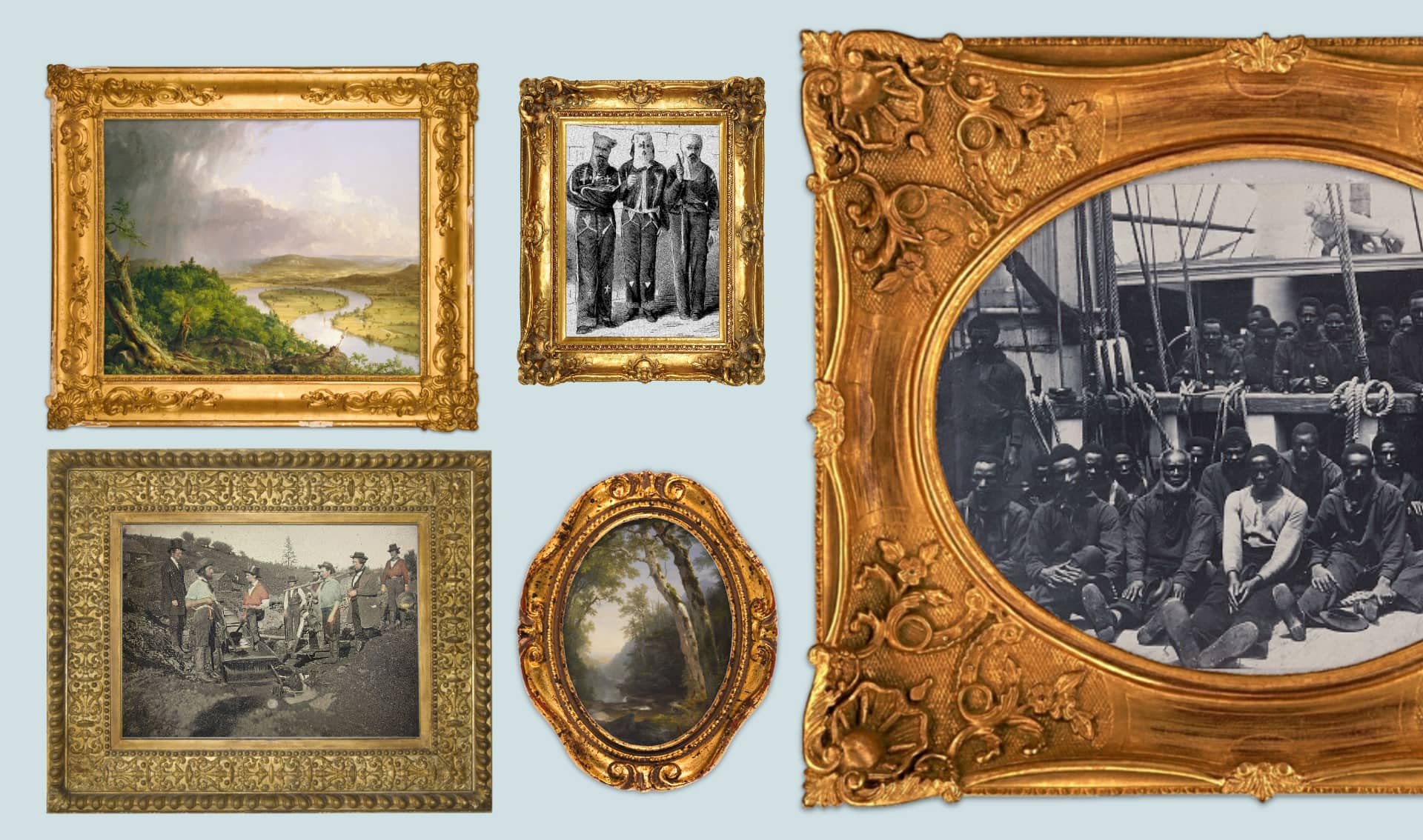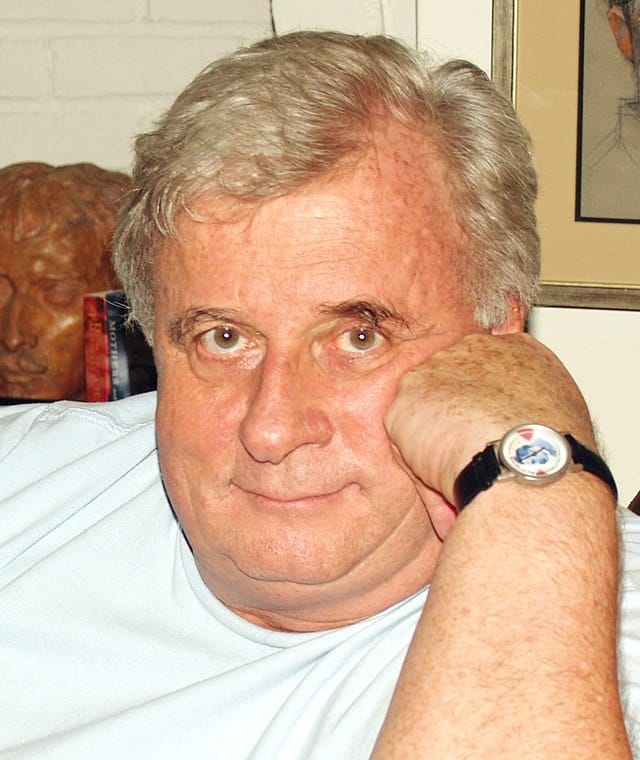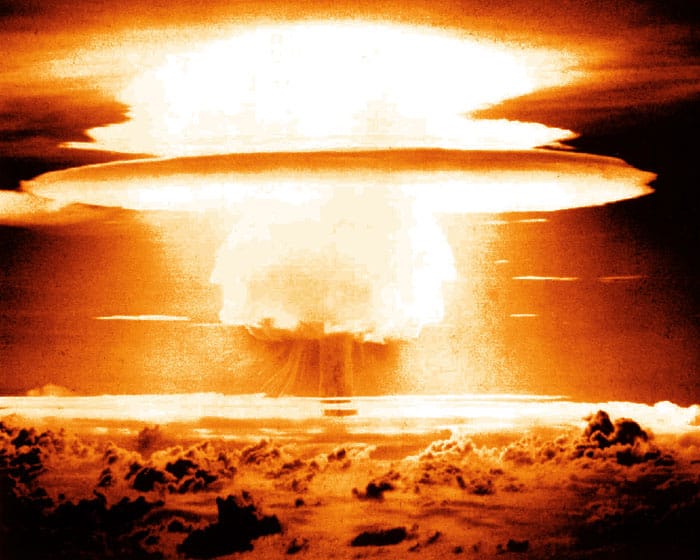Forging a new canon: The birth of American literature
The birth of a new literary American tradition attempting to create an original identity, distinct from its European roots.
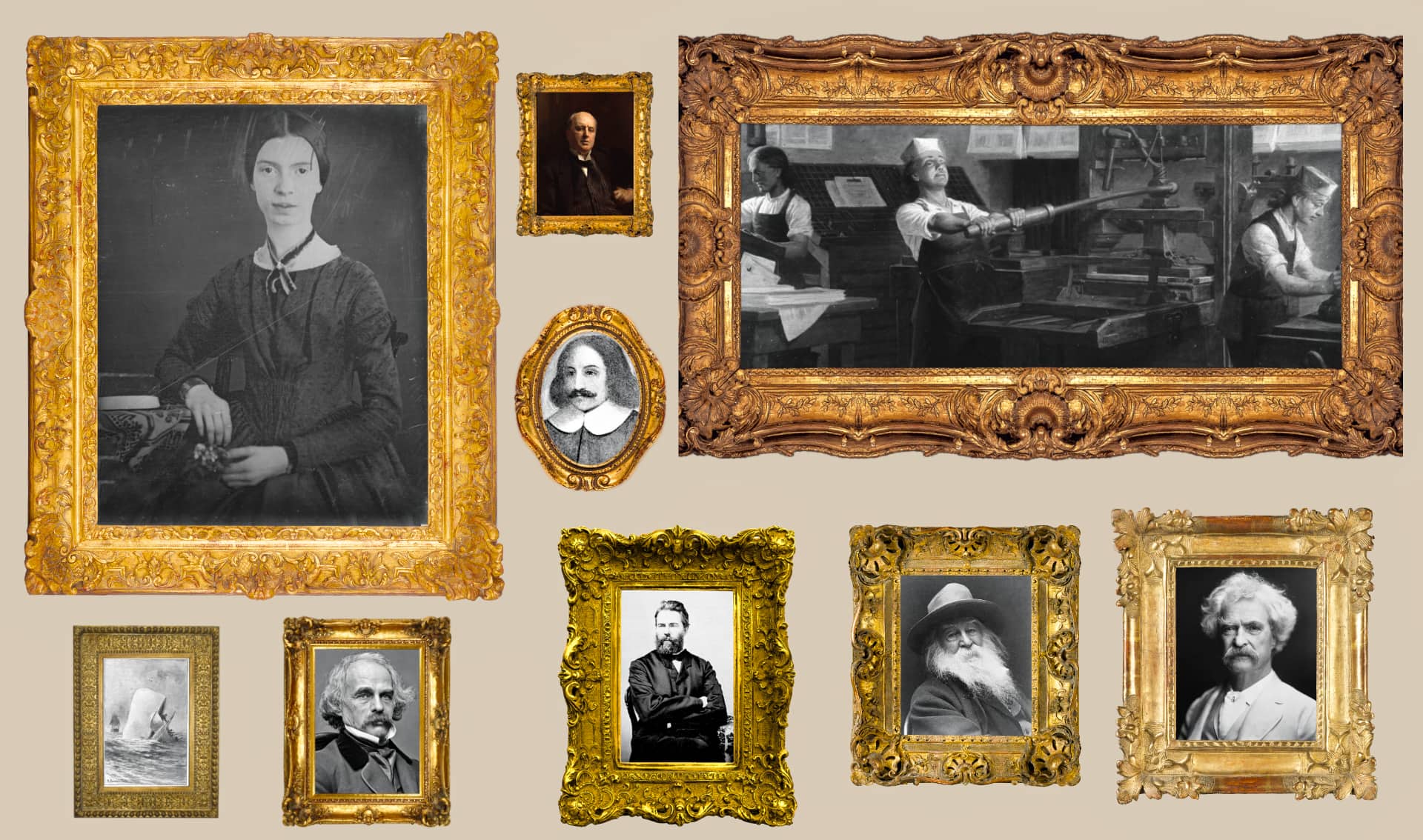
It is likely that no other colonists in the history of the world were as intellectual as the Puritans. Between 1630 and 1690, there were as many university graduates in the north-eastern section of the United States, known as New England, as in England itself. The self-made and often self-educated Puritans craved education in order to understand and execute God’s will as they established their colonies throughout New England.
Among the heterogeneous prose styles of Puritan writers like Samuel Sewall (1652-1730), Mary Rowlandson (1635-1730), Jonathan Edwards (1703-1758) and Cotton Mather (1663-1728), the works of William Bradford are certainly the most noteworthy.
Bradford arrived in the New World on the Mayflower in 1620 with the Plymouth Pilgrims and after settling in Plymouth he was elected Governor and became an important social figure. His masterpiece, written between 1630 and 1646, is certainly Of Plymouth Plantation, a work which has become an invaluable historical document regarding the history of the pilgrims themselves.
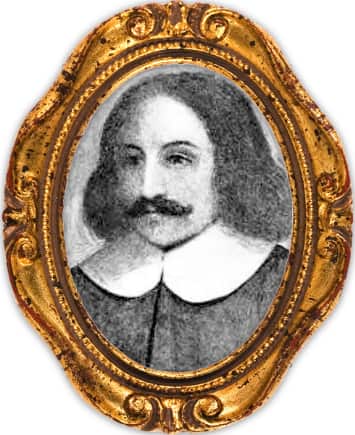
Although the colonial period produced several women writers of note, the revolutionary era did not further the work of women and minorities, despite the many schools, magazines, newspapers, and literary clubs. Nevertheless, colonial women such as Anne Bradstreet, Anne Hutchinson, Ann Cotton, and Sarah Kemble Knight had a high reputation both in the social and in the literary environment, in spite of primitive conditions and dangers.
Despite their genuine patriotism, colonial writers of the revolutionary generation could never find a personal identity: they had been born English, had grown to maturity as English citizens and had cultivated English modes of thought and English fashions in dress and behaviour. Their parents and grandparents were English (or European), as were all their friends. This naturally led many to imitate their English counterparts.
Two important prose writers of the 1700s were Benjamin Franklin (1706-1790) and Thomas Paine (1737-1809). It was, however, Charles Brockden Brown (1771-1810) who was more of a typically innovative novelist. The author of several interesting Gothic romances, Brown was the first American author to attempt to live from his writing. Sadly, his short life ended in poverty.
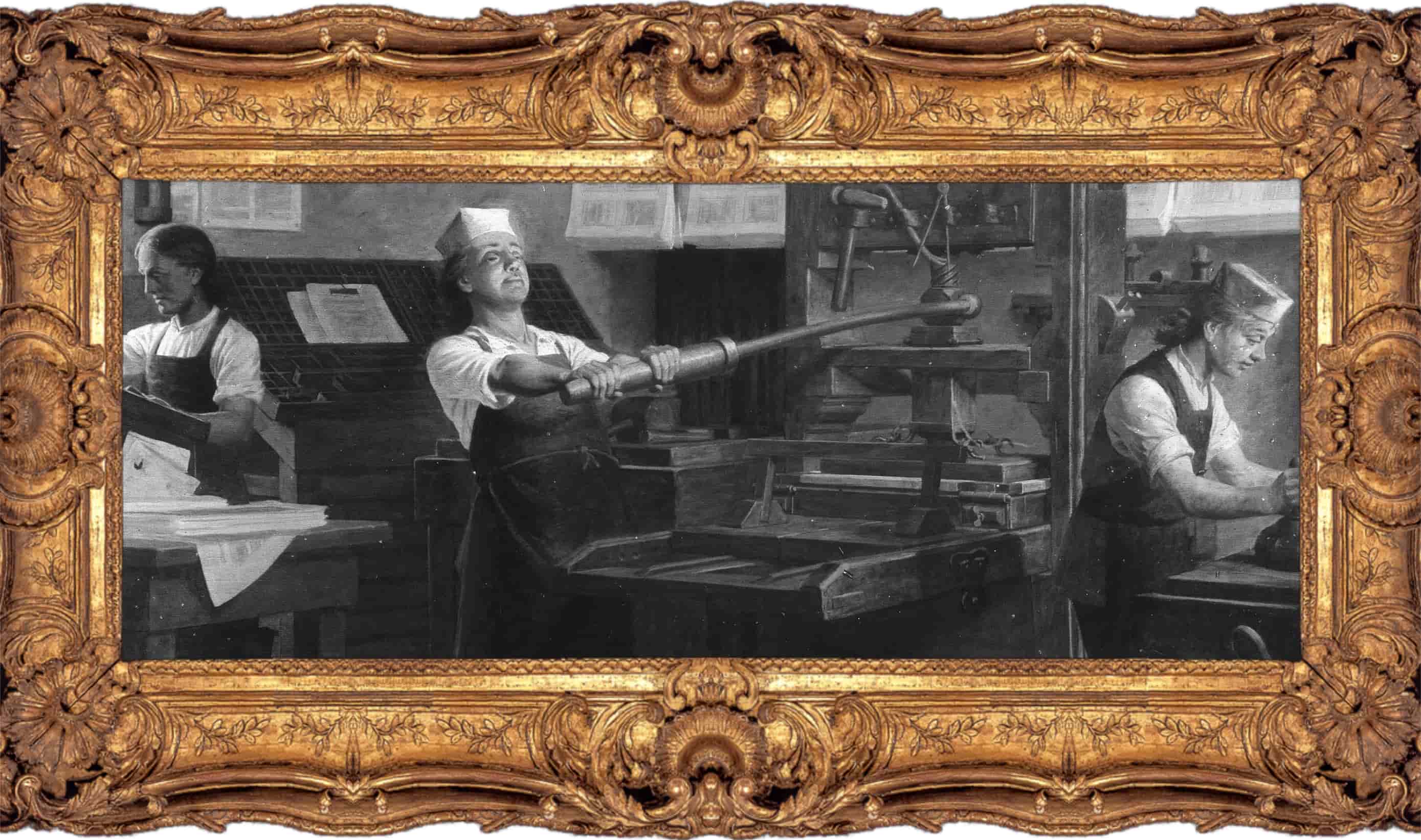
It was Washington Irving (1783-1859) who can really be considered to be one of the first international prose writers of the new republic. He was an excellent essayist, biographer and historian. He dedicated his life to literature and is considered by the Americans as the “Father of American Literature”.
Although American national awareness was one of the common denominators of writing after the making of the nation, 19th century American literature rests on the genius of the individual rather than on sweeping literary schools. James Fenimore Cooper symbolised the typically “American” author and was greatly appreciated even in Europe. His novels, like The Pioneers and The Last of the Mohicans, were renowned the world over.
Henry David Thoreau (1817-1862) was a unique writer of this period. He was a naturalist and an essayist, but also wrote as a journalist for many intellectual magazines and journals of the east coast. His masterpiece, Walden (1854), is so unique in style and content, that it has spurred some critics to describe it as a strange cross between Robinson Crusoe and natural history.
Two giants of 19th century prose are Nathaniel Hawthorne and Herman Melville. Very different in literary output, they are considered to be landmarks of American literature.
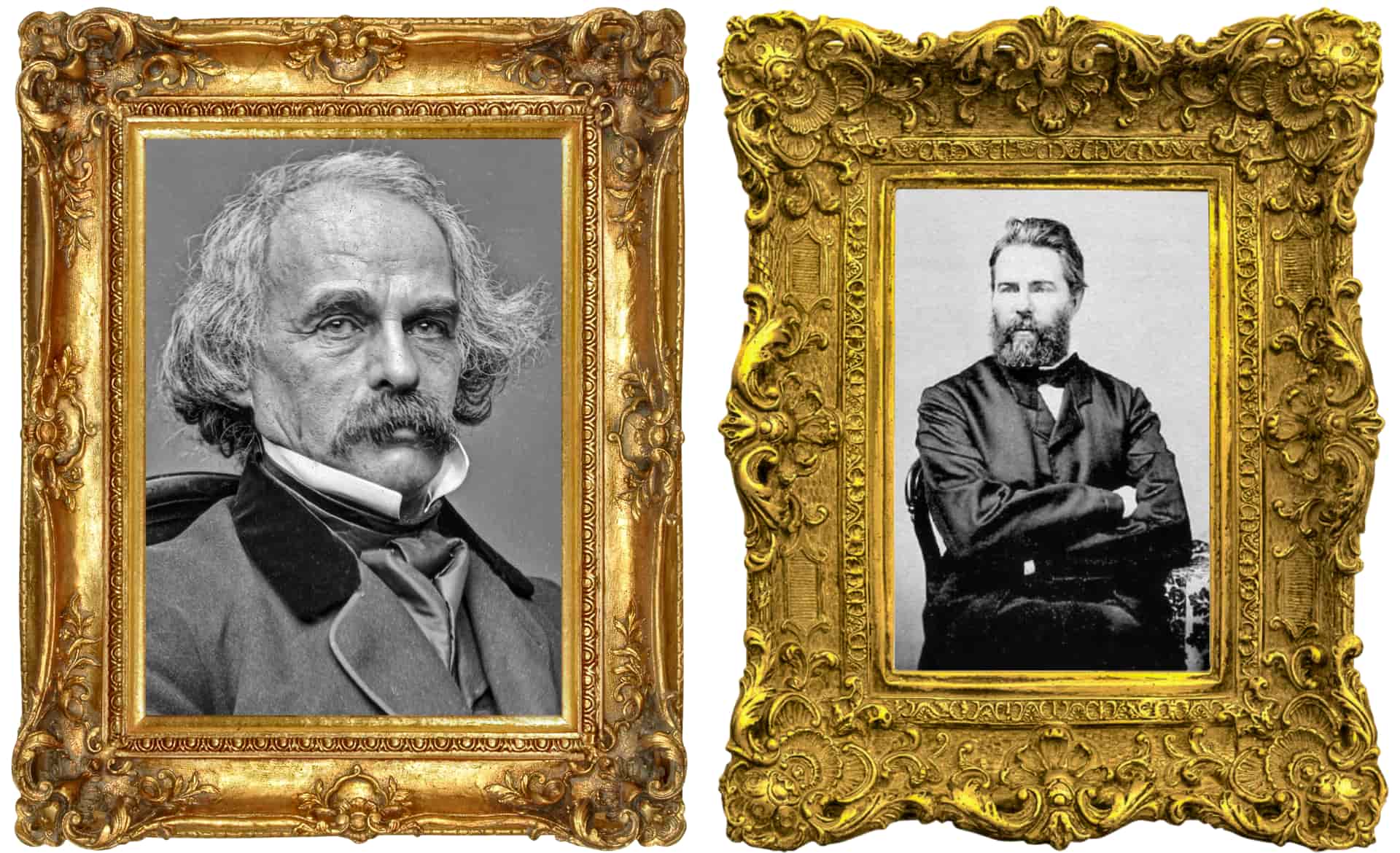
Hawthorne’s career as a novelist began with his most famous novel, The Scarlet Letter (1850). The works that followed included The House of the Seven Gables (1851) and The Marble Faun (1860), which was set in Rome, Italy. The Marble Faun is particularly interesting for the Italian reading public, since it touches on aspects of Italy’s social and historical background. He also examines the influence of European culture on American travellers. Hawthorne’s works often deal with transgression and guilt.
Melville was one of the eight children of Allan, a merchant of Scottish descent, and Maria, an enterprising woman of Dutch descent. This eclectic nature of his family helped increase the author’s broad vision of life. As a child he was an avid reader and spent hours on end in his father’s well stocked library. In 1837 he decided to take a job as a cabin boy on a freighter to Liverpool. This experience confirmed his love for the sea and in 1842 he was aboard the ‘Acushnet’ bound for the South Seas.
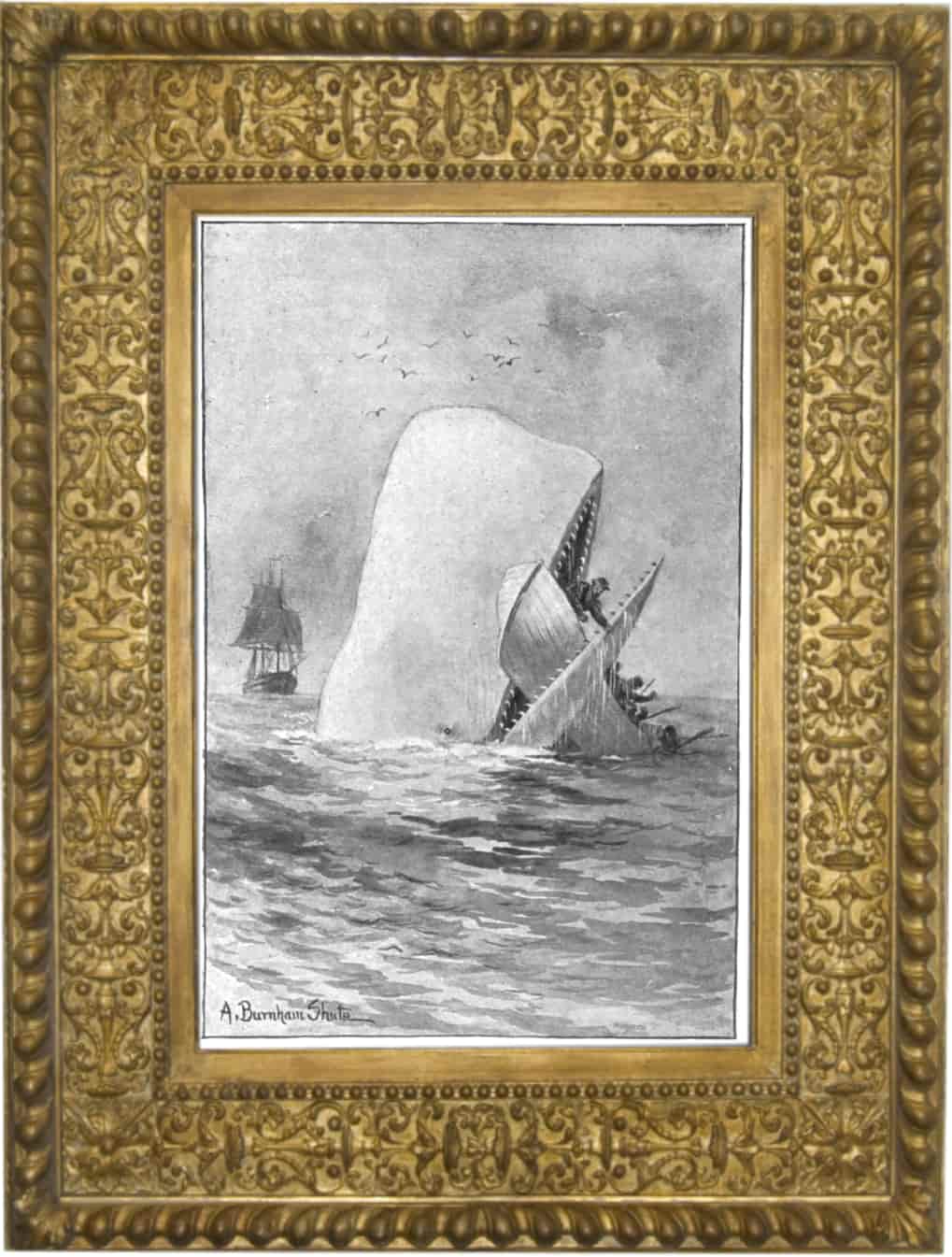
This voyage was the turning point in his career as a writer. All his greatest works, from Typee to Moby Dick drew from this seafaring experience. Typee was his first book published in 1847, and it was its success, and that of his second book Omoo, published in the same year, that convinced him to take writing as a lifelong career.
Melville’s masterpiece, Moby Dick, was published in 1851, and did not have immediate success. The story is about the obsessive hunt for a white whale off the coast of Nantucket, on the whaler “Pequod”. The book is allegorical and autobiographical, using symbolic allusions. The white whale has often been seen as the symbol of pure supreme knowledge, which is impossible to attain, and Captain Ahab, the captain of the ‘Pequod’, has been linked to the avid knowledge-hungry man, who is tired of orthodox, conservative knowledge.
Apart from Moby Dick, Herman Melville’s works include the powerful short stories Benito Cereno and Billy Budd. Melville is best appreciated for his eloquence, his humour and his tragic sense of life.
Late 19th century American literature owes its grandeur to the creative talents of Mark Twain and Henry James. Although to different degrees, both were interested in the American traveller’s experiences in Europe.
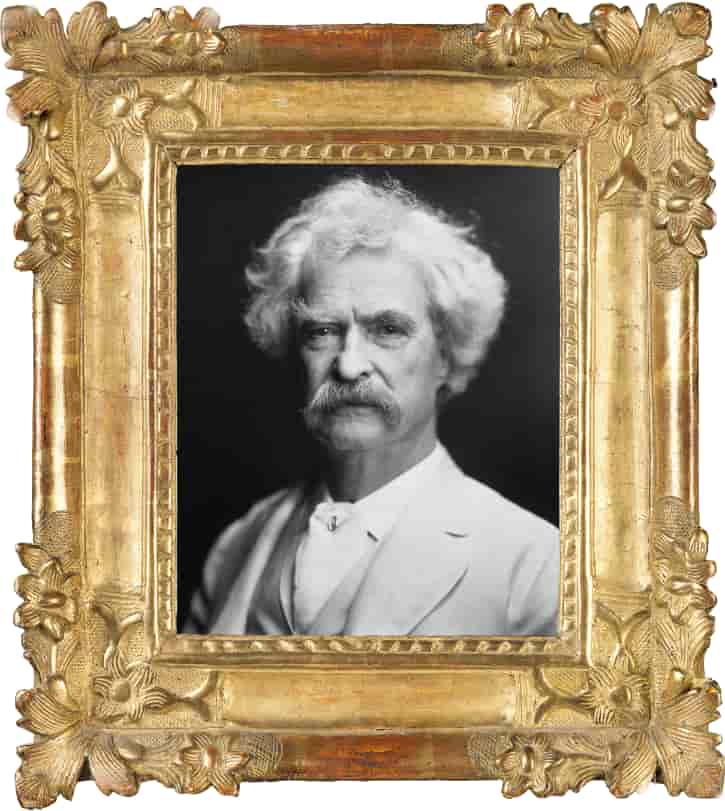
Twain was more biting and rather caustic. His Innocents Abroad (1869), was a way of teasing those many Americans who had “discovered” Europe. Twain’s suffering and inner struggle had one very positive aspect, the creative inspiration that ensued. His great works, like Tom Sawyer, Life on the Mississippi and Huckleberry Finn, testify to this. His style is very colloquial and direct, yet it possesses a mellifluous fluidity reminiscent of the spoken style of Abraham Lincoln. Apart from being a novelist, Twain is also celebrated for his works as an essayist, a journalist and a travel writer.
Although Henry James was an American by birth he was one of the most representative interpreters of late nineteenth century English social life and manners. His style developed progressively in stages. His early stage was characterised by novels based on themes of self-education in art and on the artist’s battle towards self-expression.
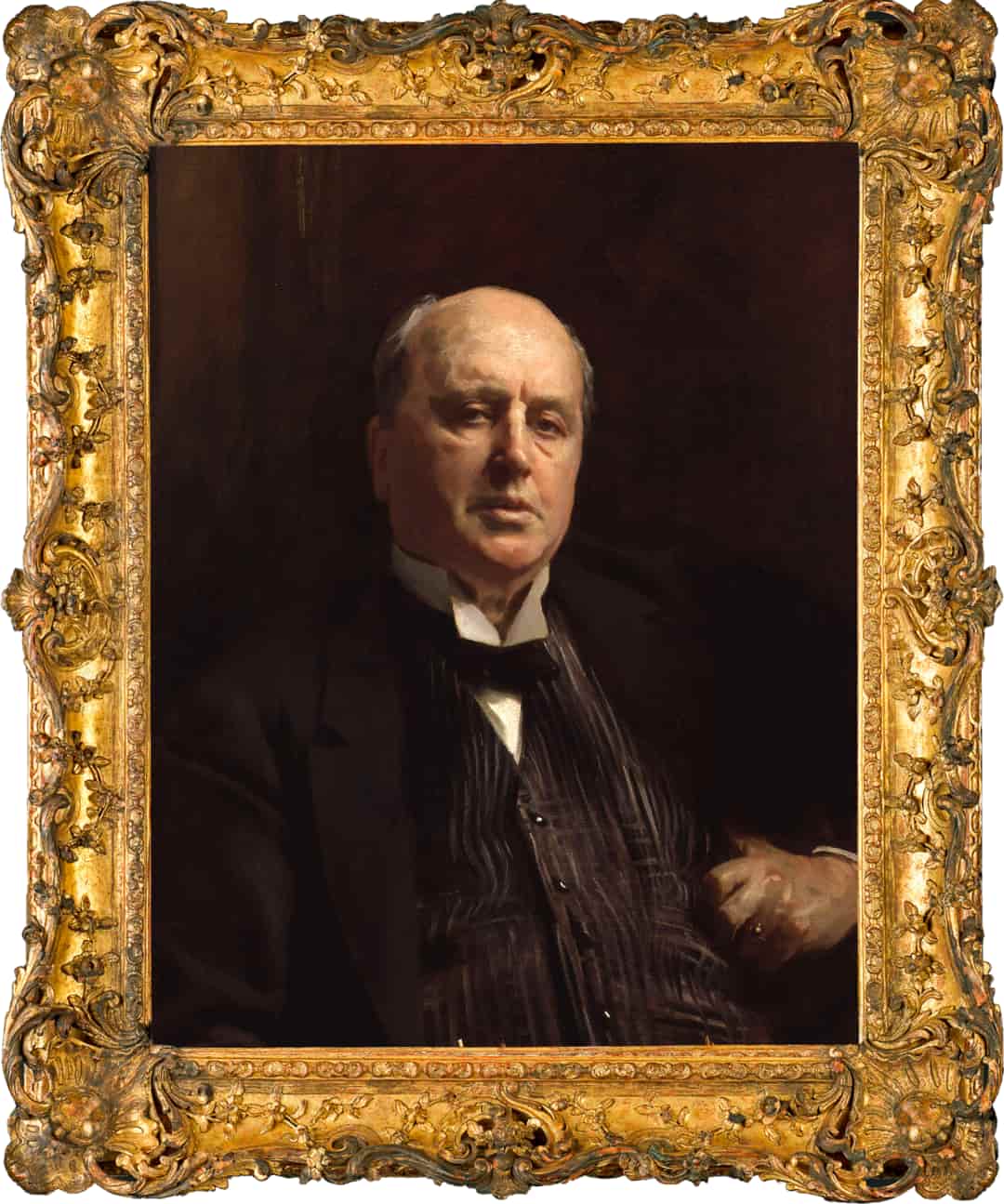
Many of his following works underlined the conflict between American and European life. The American, The Portrait of a Lady and Daisy Miller are perfect examples. James paved the way for the modern psychological novel. What is particularly outstanding with James is his incredible perception of women’s psychology. His characters, like Daisy Miller or Isabel Archer in The Portrait of a Lady, were profound studies of female psychology.
Poetry took longer to develop and had its real American flavour at the onset of the revolution. One poet, Philip Freneau, incorporated the new stirrings of European Romanticism but escaped the trap of imitating the Europeans. He was unique and different from the Hartford Wits, who were undoubted patriots but who reflected the general cultural conservatism of the educated classes. Freneau set himself against their conservative attitudes, complaining of “the writings of an aristocratic, speculating faction at Hartford, in favour of monarchy and titular distinctions”. His poem The British Prison Ship is a bitter condemnation of the cruelties of the British, who wished “to stain the world with gore”. This piece and other revolutionary works brought him fame as the “Poet of the American Revolution”.
The early 19th century was characterised by the Cambridge Poets from New England. The most important poet of this group was Henry Wadsworth Longfellow (1807-1882). His best known work is The Song of Hiawatha (1858), a poem based on the legends of American Indians.
Two of the greatest poets of the 19th century were Emily Dickinson (1830-1886) and Walt Whitman (1819-1892).
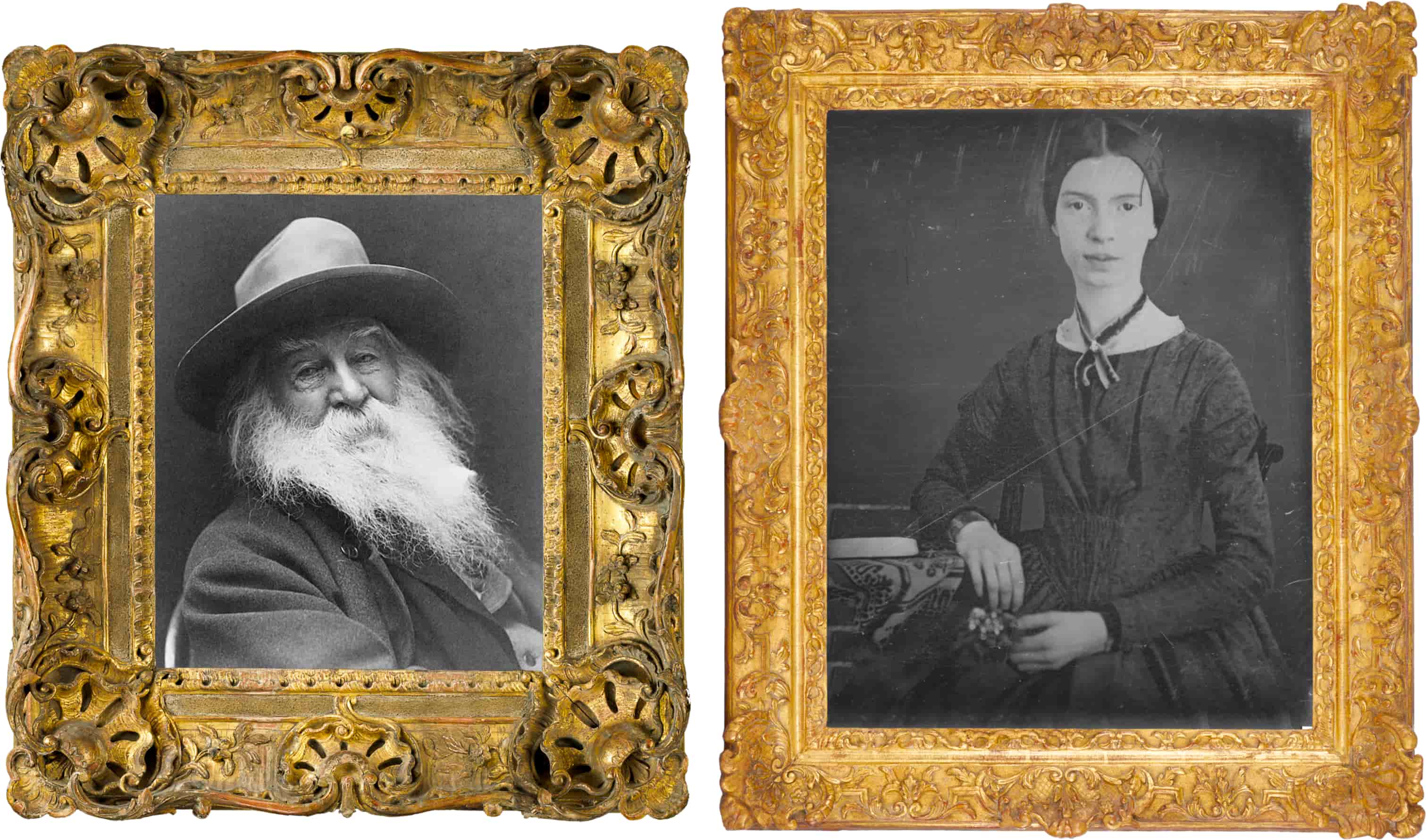
Whitman’s vast, intimate and universal work, Leaves of Grass, published in1855, prompted Henry David Thoreau to write “Whitman is apparently the greatest democrat the world has ever seen.” Whitman was originally a journalist writing professionally for the Democratic Review and for the Brooklyn Eagle. In 1851 he left journalism and dedicated his time to writing his life’s work and masterpiece, Leaves of Grass, which was first published in July1855. Several editions followed, right up to the so-called death-bed edition published in 1892.
This collection of poetry is actually a serial poem of Whitman’s life and, more importantly, of humanity in its entirety. His works reach out towards that universal spirit which is timeless. His poetry touches different subjects with emotional intensity and deep understanding; from Song of Myself, in the first edition, to the emotionally intense Out of the Cradle Endlessly Rocking and the deep heartfelt poems on the poet’s own homosexuality Calamus. Whitman is seen by his critics as being “the most original and passionate American poet”.
Emily Dickinson was somewhat of a recluse who never went farther than her garden gate, who saw no one but her family and a very few chosen friends, who always dressed in white and who wrote her poems secretly on scraps of paper. In all her lifetime only two of her poems were published, and those without her consent. She asked that her manuscripts be burnt after her death, but her younger sister Lavinia, fortunately for posterity, did not fulfil her wishes. Lavinia found piles and piles of poems, in all some 1500. All Emily Dickinson’s published works were posthumous, and there may still be some poems in possession of her secretive family which have never seen print.
Her poems are fresh in style and language; her themes varied and always original. She is experimental in approach and many of her works, although short, portray intense emotions and charming originality.
- In the next part of this series we shall be looking at the development of American art, music and leisure in the modern age of the 20th century. We will consider the cultural changes that defined an era that juxtaposed extravagant splendour with dire economic depression.


